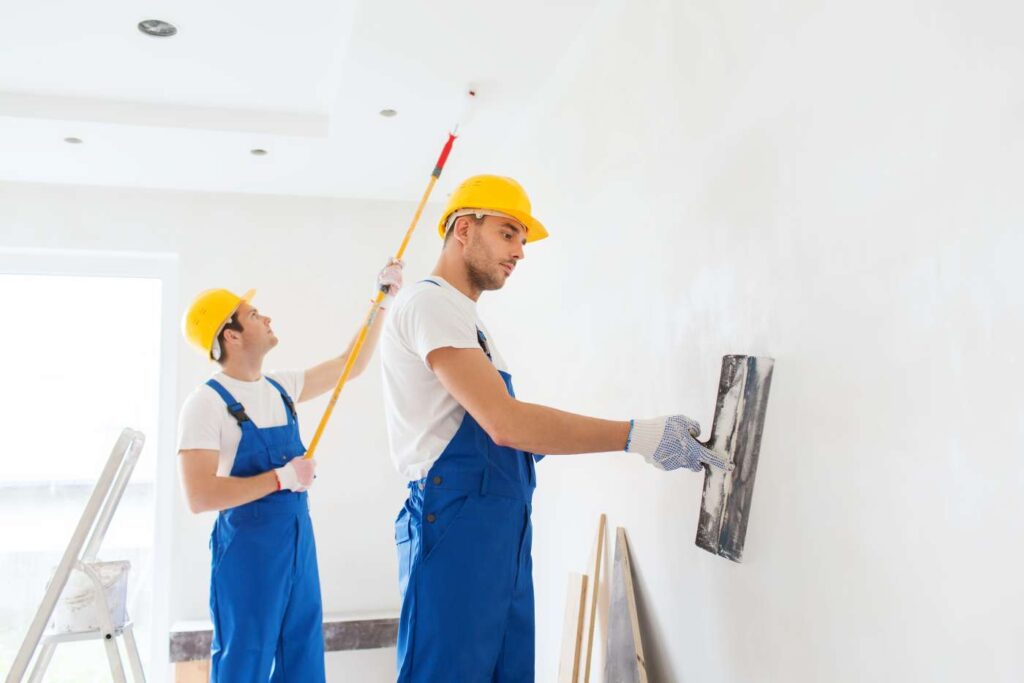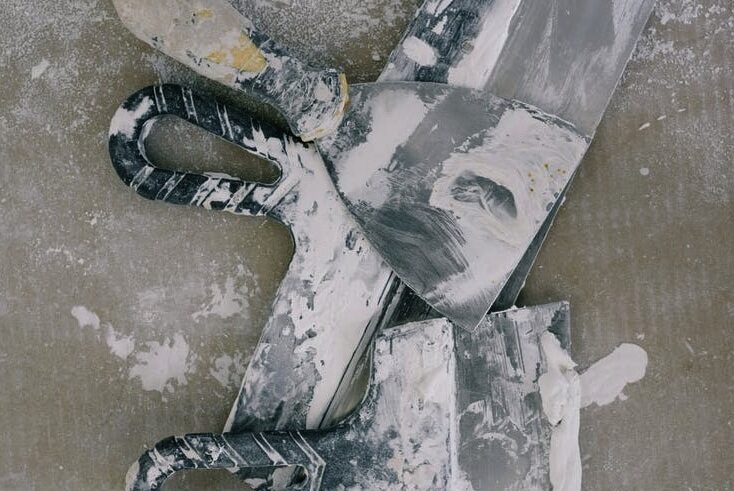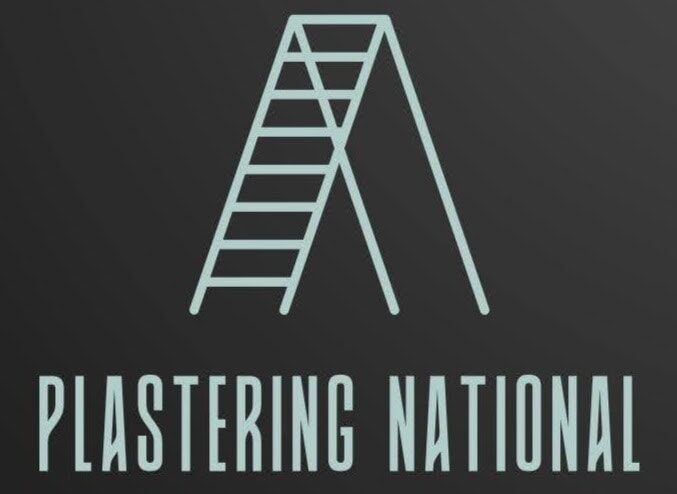When building or renovating a home, many people focus on prominent features like granite countertops or large windows, but they often overlook a key component—the interior walls.
Though walls may sometimes get little attention, they are essential in ensuring privacy, providing insulation, and offering soundproofing.
Drywall and plaster are two main options for interior walls, each with advantages and disadvantages.
Let’s get straight to the point.
Drywall and plaster are two common options for interior walls. Drywall is cheaper, easier to install, and quicker to repair, making it ideal for modern homes.
It works well with insulation but offers less soundproofing and durability than plaster. Plaster is more durable, fire-resistant, and provides better soundproofing, but it’s labour-intensive, expensive, and harder to install or repair.
Choosing between the two depends on budget, design preferences, and the home’s needs.
What Is Drywall?

Drywall, or plasterboard, consists of gypsum sandwiched between two layers of paper and is commonly sold in 4-foot by 8-foot sheets. Its use became widespread during and after World War II, largely due to its affordability, ease of installation, and durability.
Drywall installation involves attaching these pre-cut sheets to wall studs using screws or nails and then applying joint compound (“mud”) to cover the seams.
What Is Plaster?
Plaster, on the other hand, is a much older wall construction method. It involves applying several layers of plaster over a base, traditionally made of wooden lath strips nailed to the wall studs.
In modern construction, metal mesh is often used instead of wood. The plaster is applied in coats, with drying time between each layer, resulting in a smooth and durable surface.
Key Differences Between Drywall And Plaster
1. Installation Process
- Drywall is quicker and easier to install, making it a popular choice for modern homes. The sheets are attached to the studs, seams are covered with joint compound, and the wall is ready for finishing in just a few days.
- Plaster, however, requires more skill and time. Workers apply several layers of plaster to laths or metal mesh, which can take weeks to dry properly.
This method demands precision and expertise, making it more labour-intensive.
2. Labour And Skill
The skill required for installing plaster is significantly higher than that for drywall. Plastering is now considered a specialised trade, and finding professionals can be more difficult.
While a DIY enthusiast can make minor plaster repairs, installing a full plaster wall requires professional training.
In contrast, drywall installation can be done by a skilled handyman or even a DIYer with the right tools and guidance.
It requires less labour and expertise, which makes it more cost-effective.
3. Durability And Longevity
Plaster walls are known for their strength and durability. When applied properly, plaster can last for decades without major repairs.
Its thickness makes it less prone to impact damage and tends to crack less than drywall as a house settles.
While durable, drywall is less long-lasting than plaster and more prone to cracking, especially if the house experiences structural shifts.
However, drywall is easier to repair. Small holes or cracks can be fixed with patching compounds and don’t typically require a professional’s touch.
4. Flexibility In Design
One significant advantage of plaster is its versatility in design. Plaster can be applied smoothly or textured for different aesthetic finishes.
It is also more suitable for curved walls or intricate architectural details, as it can be moulded to fit irregular shapes. Conversely, Drywall is more limited in design flexibility.
While textured finishes can be added, drywall offers a different level of sophistication and variety than plaster. Drywall is also more difficult to bend into curves, limiting its use in homes with unique architectural features.
Benefits And Drawbacks Of Plaster
Advantages:
- Superior Soundproofing: Due to its thickness, plaster absorbs sound better than drywall, making it a great option for rooms where noise reduction is a priority, such as bedrooms or shared living spaces.
- Fire Resistance: Plaster’s high water content, particularly in gypsum-based plaster, makes it more fire-resistant than drywall.
- Enhanced Durability: Plaster can withstand more wear and tear over time, making it a better long-term investment.
- Design Flexibility: Plaster allows for a wide range of finishes, from smooth to textured, and can be applied to curved walls.
Disadvantages:
- Labour-Intensive: Installing plaster is a time-consuming process that requires skilled labour, which can be expensive.
- Cracking: While durable, plaster is prone to cracking over time, especially in homes that experience significant settling or movement.
- Hard to Modify: Changing plumbing or electrical systems in plaster walls can be more challenging than in drywall, often requiring professional help.
Benefits And Drawbacks Of Drywall
Advantages:
- Cost-Effective: Drywall is more affordable in terms of both material and labour. Its quick installation process helps save on costs.
- Easier Repairs: Small repairs to drywall are straightforward and can often be handled by the homeowner, making it a practical choice for most homes.
- Energy Efficiency: Drywall works well with modern insulation techniques, making it easier to regulate the temperature in a home.
- Versatility: Thanks to newer water-resistant variants, drywall can be used in most rooms, including areas with unusual stud spacing or high moisture levels.
Disadvantages:
- Less Soundproofing: Drywall provides a different level of sound insulation than plaster, making it less ideal for rooms requiring privacy or noise reduction.
- Susceptible to Moisture Damage: Drywall can be easily damaged by water, and if not treated, it can lead to mould growth. Water-resistant versions are available but can be more expensive.
- Visible Seams: If drywall is not installed properly, the seams between sheets can be noticeable, detracting from its aesthetic appeal.
Insulation And Energy Efficiency
Drywall and plaster contribute to a building’s energy efficiency in different ways.
- Drywall can be energy-efficient with modern insulation, such as fibreglass batts or spray foam. It creates an effective barrier to minimise heat loss, helping to reduce energy consumption for both heating and cooling.
- Due to its thickness, plaster also offers some insulation. However, retrofitting insulation into plaster walls is more difficult.
Homes with plaster walls may need professional installation to add insulation, which can be costly.
Fire Safety
Both materials offer fire-resistant properties but in different ways.
- Plaster contains gypsum, a mineral with a high water content that makes it naturally fire-resistant. However, traditional plaster methods that use wooden laths can increase the fire risk due to the presence of combustible materials.
- Gypsum is the main component of drywall, which is also fire-resistant. Some modern drywall products are reinforced with non-combustible materials, making them even more fire-resistant than traditional plaster.
Soundproofing
Plaster is more effective than drywall at soundproofing. Its dense structure absorbs sound more effectively, so it’s commonly used in spaces where noise control is essential.
This makes plaster walls ideal for apartment complexes, offices, and homes where privacy is a priority. In contrast, drywall’s thinner structure allows sound to travel more easily.
However, soundproofing drywall and specialised acoustic boards are available to mitigate this issue.
DIY Installation: Plaster Vs. Drywall

Choosing between plaster and drywall is important for a DIY approach.
- Drywall is easier to handle for most DIY projects. With basic tools like a screw gun, T-square, and drywall saw, even a novice can successfully install drywall with minimal assistance.
- Plaster, on the other hand, requires significant practice and expertise. The multi-layered process of applying plaster can be time-consuming and difficult to perfect without prior experience.
Mistakes can be costly and difficult to fix once the plaster has dried.
Conclusion
Choosing between plaster and drywall depends on several factors, including your budget, design preferences, and your home’s needs.
Plaster offers durability, superior soundproofing, and design flexibility, making it an excellent option for high-end projects or homes with unique architectural features.
However, installation is more expensive and requires skilled labour. Drywall is a cost-effective, practical solution in most modern homes.
It’s easy to install, repair, and insulate, making it a popular choice for new constructions and renovations. However, it lacks the durability and soundproofing qualities that plaster offers.
By understanding the differences between these two materials, homeowners can make informed decisions that best suit their home renovation needs.
Frequently Asked Questions About Plaster
Is It Cheaper to Install Drywall or Plaster?
This might seem like a simple question, but it doesn’t exactly have the simplest answer. Because drywall comes in big pre-rendered sheets and can be installed so quickly, it tends to have a reputation for being cheaper than the painstaking process of hand plastering a wall. In fact, in many markets, plaster is becoming synonymous with a luxurious and handcrafted finish.
So which one is cheaper? The answer is, as you expected that it depends. When it comes to the pure cost of the raw materials, drywall is more expensive than wet plastering.
Does Plaster Go On Drywall?
Drywall usually has some finishing material over the top, and most people use a compound for this purpose. Whichever finishing material you choose will affect the drywall’s overall appearance.
There’s absolutely no reason you can’t apply a plaster skim over the top of the drywall. This will give the drywall the visual appearance of a wet plastered wall.
If you want wet plaster-finished walls, you don’t need to put down drywall first. Instead, the plaster is applied directly to the wall.
Why Would You Plaster over Drywall?
You may live in a home that already has drywall installed but like the aesthetic appearance of a plaster wall.
Drywall is very smooth, unlike plaster which has a textured surface when finished.
It’s not uncommon for a homeowner to apply a thin plaster veneer over the top of their drywall walls to replicate the finish of an authentically wet plastered wall.
Should I Replace Plaster Walls with Drywall?
Many people who purchase an older home for the first time are surprised to find the walls are finished with a traditional plaster method. Many of them ask if they should replace the plaster walls with drywall?
In most cases, if the original plaster walls are still in good condition, there is no need to replace them with drywall.
Removing plaster walls is labour-intensive, which means that it’s expensive. It’s also an incredibly messy process, which generates a lot of dust and debris. If you’re replacing plaster walls with drywall, you have to be committed to it.
What’s Veneer Plaster?
Veneer plaster offers the look and durability of the plaster and the strength of drywall. Plaster veneer is a technique for surfacing interior walls. The base is a gypsum board with moisture and adhering qualities (similar to drywall). After installing the board, one or two layers of plaster are applied.

